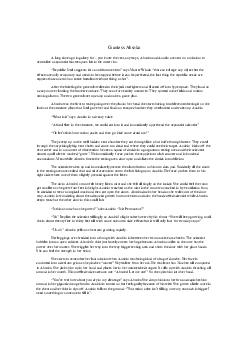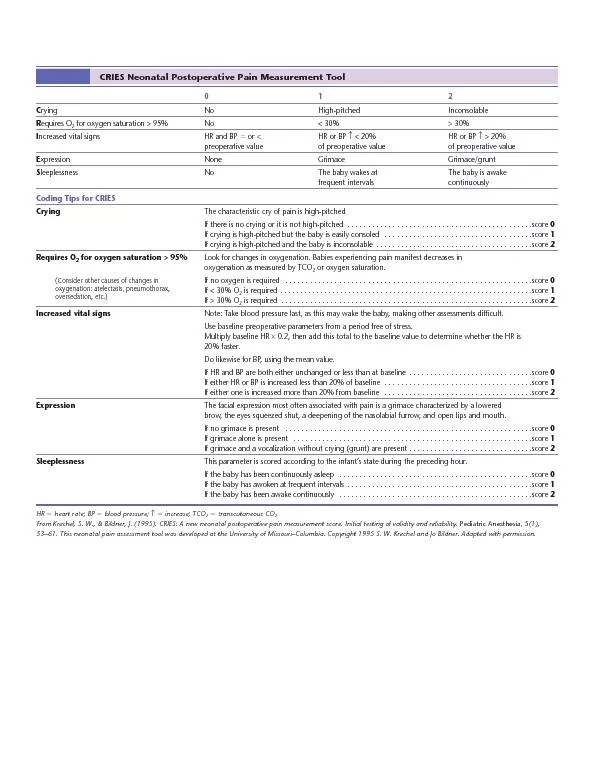PPT-A PC Wakes Up
Author : pamella-moone | Published Date : 2016-08-10
A story by Victor Norman Once upon a time a PC well call him H is connected to a network and turned on Aside The network looks like this H needs an IP address PC
Presentation Embed Code
Download Presentation
Download Presentation The PPT/PDF document "A PC Wakes Up" is the property of its rightful owner. Permission is granted to download and print the materials on this website for personal, non-commercial use only, and to display it on your personal computer provided you do not modify the materials and that you retain all copyright notices contained in the materials. By downloading content from our website, you accept the terms of this agreement.
A PC Wakes Up: Transcript
Download Rules Of Document
"A PC Wakes Up"The content belongs to its owner. You may download and print it for personal use, without modification, and keep all copyright notices. By downloading, you agree to these terms.
Related Documents














